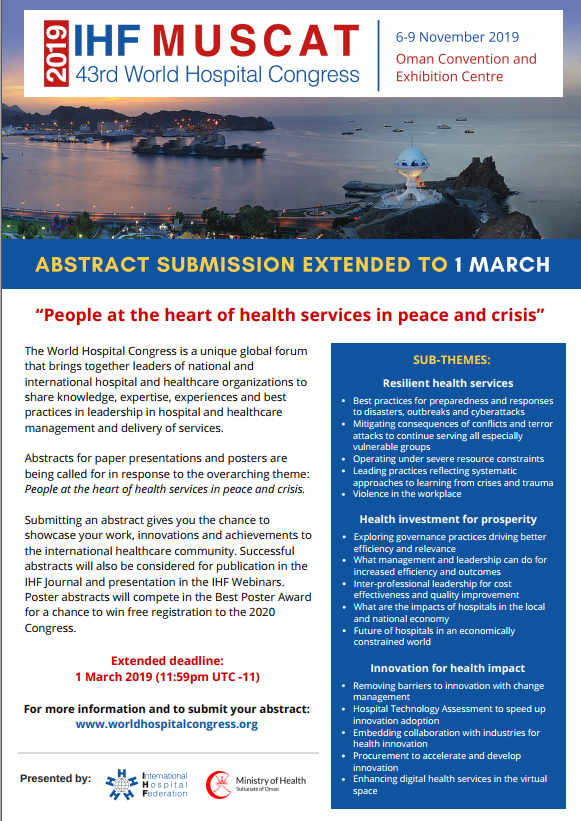Copyright: World Health Organization
"Countries are spending more on health, but people are still paying too much out of their own pockets", according to the latest news release from the World health Organization.
Overview
The 2018 global health financing report presents health spending data for all WHO Member States between 2000 and 2016 based on the SHA 2011 methodology. It shows a transformation trajectory for the global spending on health, with increasing domestic public funding and declining external financing. This report also presents, for the first time, spending on primary health care and specific diseases and looks closely at the relationship between spending and service coverage.
The report’s key messages include:
-
Global trends in health spending confirm the transformation of the world’s funding of health services.
-
Domestic spending on health is central to universal health coverage, but there is no clear trend of increased government priority for health.
-
Primary health care is a priority for expenditure tracking.
-
Allocations across disease and interventions differ between external and government sources and
-
Performance of government spending on health can improve.
Access the whole report here.
Source: IHF Newsletter














